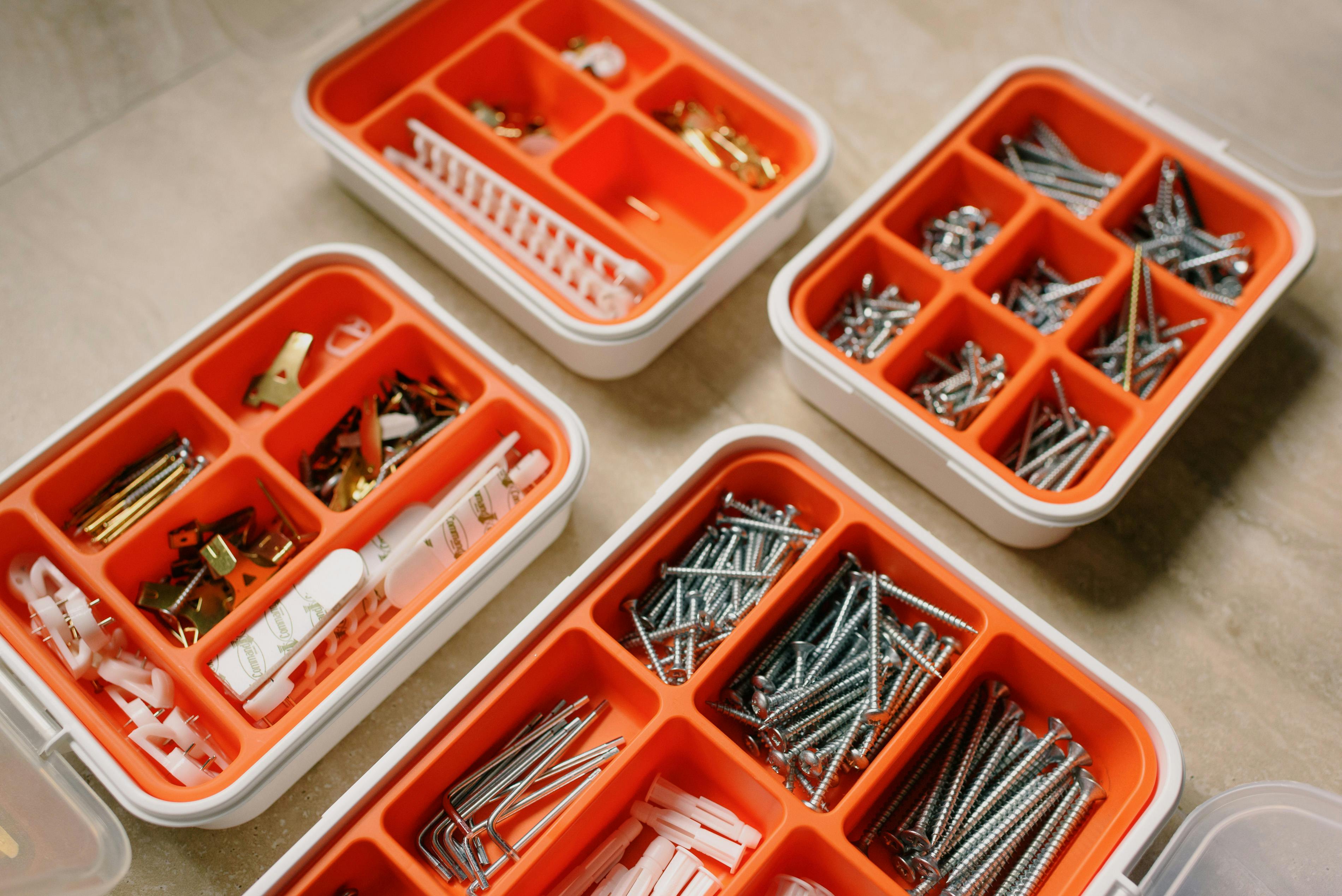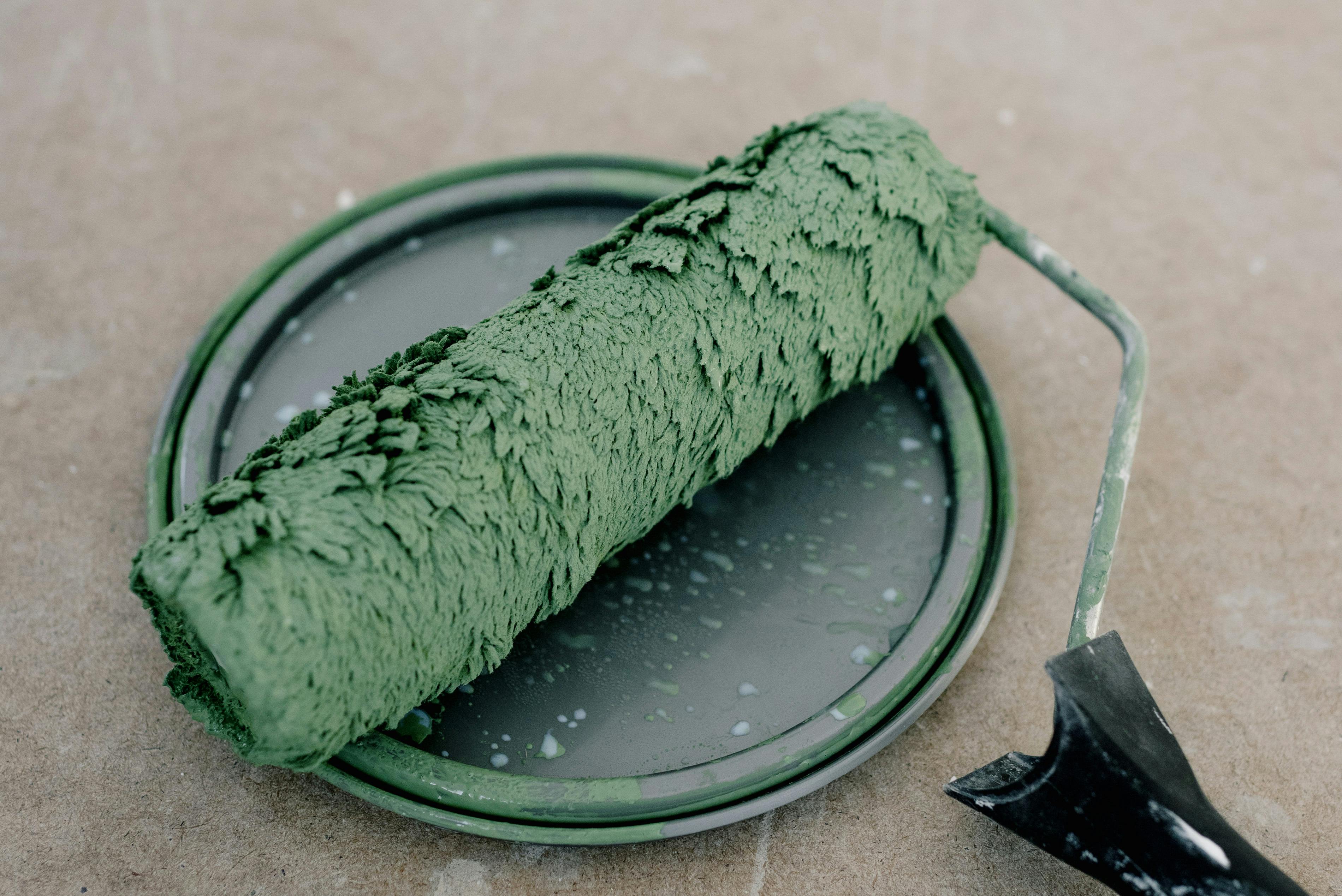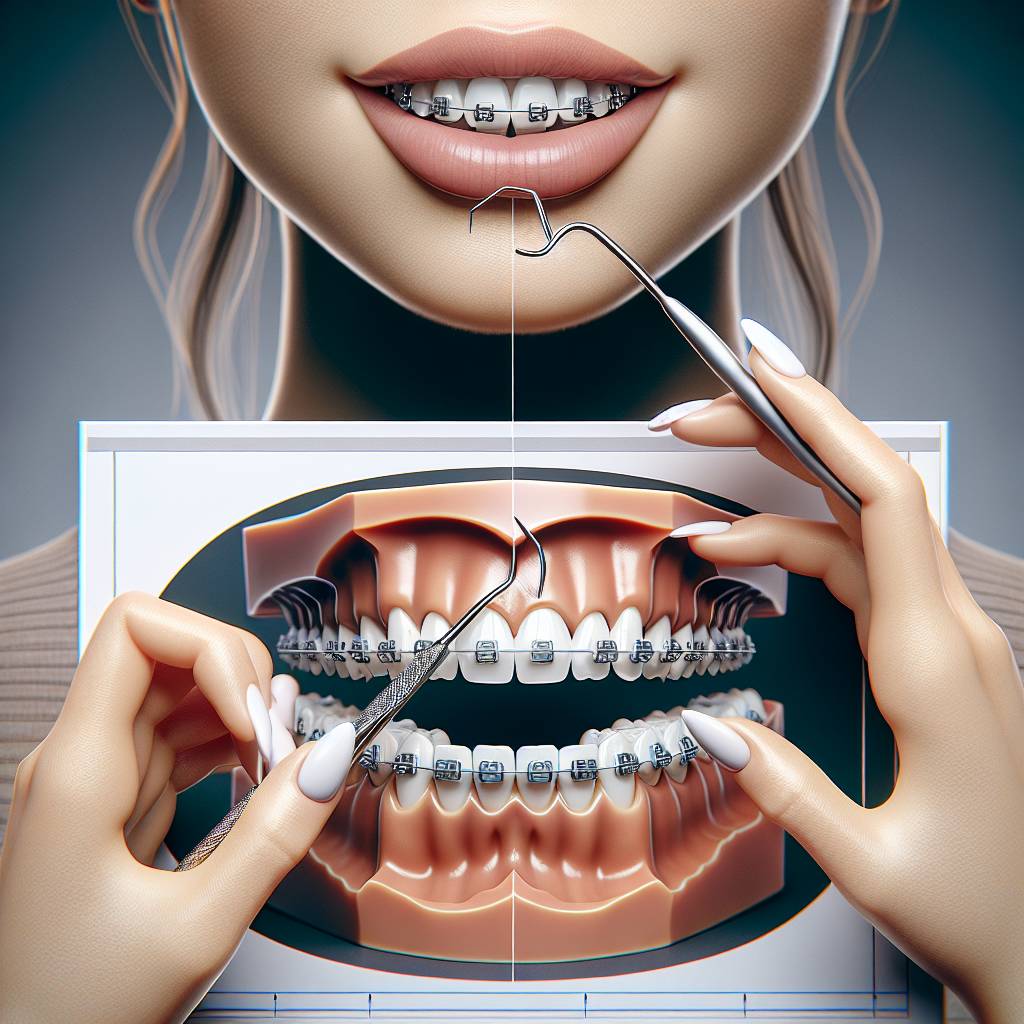Having a gap in your teeth can be an aesthetic concern for many people. Fortunately, there are ways to fix the gap in your teeth and restore your smile. In this article, we will discuss the various methods available to help close the gap in your teeth, including braces, bonding and veneers. We will also explore how much each treatment costs and which one may be right for you.The best way to fix the gap in your teeth is to visit a dentist. The dentist can help you determine the best course of action and may recommend options such as braces, dental bonding, or porcelain veneers. Each option has its own pros and cons and cost associated with it, so it is best to discuss which one is right for you with your dentist.
Benefits of Closing a Tooth Gap
Closing a tooth gap offers many benefits. A gap between your teeth can cause a number of problems, from increased risk of cavities to more serious dental issues. It can also affect your self-esteem and lead to feelings of insecurity. Closing the gap can help you feel more confident and improve the look and feel of your smile. It can also help you maintain good oral hygiene and prevent future dental problems.
Closing a tooth gap can help reduce your risk for cavities and periodontal disease. When there is a gap between your teeth, it’s easier for plaque and bacteria to accumulate, making it harder to brush away or floss out. This increases the likelihood of cavities forming or gum disease developing, leading to more serious health issues in the future. Closing the gap helps keep your teeth cleaner and healthier, which reduces your risk for developing these conditions.
In addition to improving oral health, closing a tooth gap can also benefit your appearance. Gaps between teeth can make you feel insecure about the look of your smile, which affects how you interact with others and how much confidence you have in yourself. By closing the gap, you can enjoy improved aesthetics that will boost your self-esteem and leave you feeling more confident when socialising with others.
Finally, closing a tooth gap can also make chewing more comfortable. When there is an open space between teeth, food particles may become lodged in that space, which makes chewing difficult at best and painful at worst. Closing this space helps ensure that food particles are evenly distributed across all of your teeth when chewing so that you don’t experience any discomfort or pain while eating.
Dental Bonding
Dental bonding is one of the most popular and cost-effective options for closing a tooth gap. This method involves applying a tooth-colored resin to the affected teeth and moulding it to close the gap. The resin is hardened using a special light, which makes it durable and long-lasting. Dental bonding is a quick procedure that can be done in one visit, and does not require anesthesia or special preparation. This option can also be used to improve the shape of your teeth or make them look brighter. However, dental bonding may not be suitable for larger gaps as it may not last as long as other options.
Veneers
Veneers are thin shells made out of porcelain that are custom-made to fit over your existing teeth. They are used to close gaps between teeth or improve their overall shape or colour. Veneers are bonded to your existing teeth, making them more durable than dental bonding, but they may require more than one visit for placement. Veneers can last up to 10 years with proper care and maintenance, making them a good option for closing larger gaps between teeth.
Invisalign
Invisalign is an orthodontic treatment that uses clear aligners to gradually move your teeth into place without the need for metal braces or wires. It is an effective way of closing gaps between teeth in as little as six months without having to use any invasive methods. Invisalign aligners are removable so you can eat and brush normally while wearing them, but they must be worn at least 22 hours per day for optimal results.
Crowns
Crowns are caps made out of porcelain that fit over your existing teeth, making them look larger and more uniform in size and shape. Crowns can be used to close gaps between your front teeth or molars if there is enough room for a crown on each side of the gap. Crowns can last up to 15 years with proper care and maintenance, making them a good option if you want something more permanent than dental bonding or veneers.
Introduction
Blockchain is a revolutionary technology that has created a huge buzz in the tech world. It has the potential to transform the way businesses and individuals operate, enabling faster transactions, greater security and improved transparency. In this article, we’ll take a look at what blockchain is, how it works and its potential applications.
What is Blockchain?
At its core, blockchain is a distributed ledger technology (DLT) that allows for secure transfer of digital information without the need for a central authority or intermediary. A blockchain is essentially a network of computers that record and store data in blocks which are connected to each other using cryptography. Each block contains a cryptographic hash of the previous block, creating an immutable chain of transaction records.
How does Blockchain work?
In order to understand how blockchain works, we need to look at the different components that make up this technology. The first component is the distributed ledger which records all transactions in the network in real time. It is also responsible for verifying each transaction and ensuring its accuracy. The second component is consensus algorithms which allow users to agree on how transactions should be validated and stored on the distributed ledger. Finally, there are smart contracts which are pieces of code that execute commands based on predetermined criteria.
Potential Applications of Blockchain
Blockchain has numerous potential applications in various industries such as finance, healthcare, logistics and manufacturing. In finance, blockchain could be used to facilitate faster and more secure payments between parties while reducing costs associated with traditional payment methods such as credit cards or wire transfers. In healthcare, it could be used to securely store patient data while providing access only when necessary. In logistics, it could enable real time tracking of goods across supply chains while improving visibility into inventory levels.
Conclusion
Blockchain technology has enormous potential to revolutionize many industries by providing faster transactions with greater security and improved transparency. While it still has some hurdles to overcome before it can be widely adopted, the potential for this technology is immense and we can expect to see more companies exploring its use in the near future.
Professional Solutions to Close a Tooth Gap
Having a gap between your teeth can be an embarrassing problem. Fortunately, there are many professional solutions available to help close the gap and give you a confident, beautiful smile. Depending on the size and type of gap, some of the most common treatments include dental bonding, porcelain veneers, braces, or dental implants.
Dental bonding is a quick and economical solution for closing small gaps between your teeth. During this procedure, a tooth-colored resin material is applied to your teeth and hardened with a special light. Dental bonding can be completed in just one visit and may last up to five years before needing touch-ups or repair.
Porcelain veneers are another option for closing gaps between teeth. Veneers are thin pieces of porcelain that are attached to the front of your existing teeth to improve their appearance. Veneers can be used to make teeth look whiter, straighter, or cover any chips or other imperfections. They also help close gaps between your teeth by covering them up with custom-made material that matches the color of your existing teeth.
Braces are another popular option for closing tooth gaps. Braces involve wearing metal brackets and wires for several months that gradually move your teeth into the desired position over time. Braces can be used on adults as well as children and typically take between 12-24 months to complete depending on how severe the misalignment is.
Finally, dental implants may be an option if you have lost one or more permanent teeth due to decay or injury. Dental implants involve surgically placing titanium posts into your jawbone and attaching artificial replacement teeth onto them. Implants provide an incredibly natural looking result and can last up to 25 years with proper care and maintenance.
No matter what type of gap you have between your teeth, there are professional solutions available to help give you a beautiful smile that you can feel proud of showing off! Be sure to speak with your dentist about what treatment options might work best for you so that you can get started on achieving the perfect smile!

DIY Solutions to Fix the Gap in My Teeth
Gaps between teeth can be embarrassing and can affect your self-confidence. Fortunately, there are a few DIY solutions that you can try to fix the gap in your teeth.
One of the simplest and most affordable ways to fix a gap in your teeth is to use dental wax. Dental wax is a type of malleable material that you can shape and mold onto your teeth to fill any gaps. You can find dental wax online or at any drugstore, and it is easy to apply. Just make sure that you clean your teeth thoroughly before applying the wax so that it adheres better.
If you want something more long-term than dental wax, you might want to consider using braces or dentures. Braces are an effective way to move your teeth together over time, while dentures are removable pieces of false teeth that you can wear during the day or overnight to fill in gaps between your real teeth. Both braces and dentures require a visit to the dentist, but they can provide more permanent solutions than dental wax.
Finally, if you have severe gaps between your teeth, you may need professional help from an orthodontist or cosmetic dentist. Orthodontists specialize in moving teeth with braces, while cosmetic dentists use veneers or crowns to reshape the appearance of missing or broken teeth. These treatments may be more expensive, but they will provide longer-lasting results than other DIY solutions.
Cost of Closing a Tooth Gap
Closing the gap between teeth is a great way to improve the appearance of your smile, and there are several options available for closing a tooth gap. The cost of closing a tooth gap can vary greatly depending on the method you choose and whether you have insurance coverage for the procedure. Many insurance companies do not cover the cost of closing a tooth gap, so it is important to check with your provider before beginning any treatment.
One option is braces, which typically cost between $2,000 and $7,000 depending on the type of braces used. Braces are one of the most common methods for closing a tooth gap, but it may take anywhere from six months to two years or more before you see the full results. Invisalign is another option that can be used to close a tooth gap; this typically costs around $4,000 to $8,000 depending on how complex your case is. Invisalign works faster than braces and is less noticeable since it uses clear aligners instead of metal brackets and wires.
Porcelain veneers are also popular for closing gaps between teeth; these typically cost around $1,000 per veneer but may cost more or less depending on the complexity of your case and where you have them done. Veneers are thin porcelain shells that are placed over teeth to improve their appearance; they usually last around 10 years before they need to be replaced.
Finally, dental bonding is another option for closing a tooth gap; this procedure involves applying composite material directly onto teeth to fill in gaps and change their shape or color. Dental bonding usually costs between $300 and $600 per tooth. While it is not as long lasting as braces or veneers, it can provide an instant cosmetic improvement at an affordable price.
How Long Does It Take to Fill the Gap in My Teeth?
The amount of time it takes to fill the gap in your teeth depends on a few factors, such as the type of gap, the size of the gap, and what kind of treatment you are receiving. If you have a small gap between two teeth, it may only take one or two appointments with your dentist to fill it. If you have a larger gap or one that is more complex, it may take several appointments over a period of months to complete the treatment.
In some cases, your dentist may be able to use composite bonding materials to fill in any gaps between your teeth quickly and easily. This type of procedure typically takes less than an hour and can be completed in one appointment. It is also relatively inexpensive compared to other treatments.
If you have a large gap between two teeth or are missing multiple teeth, your dentist may recommend dental implants or bridges. Dental implants involve surgically placing titanium posts into the jawbone and then attaching artificial teeth to them. This procedure usually takes several appointments over several months and can be quite costly. Bridges involve using existing teeth as anchors for artificial crowns which replace missing teeth; this treatment also typically takes several appointments over a period of time and can also be expensive.
No matter what type of treatment you receive, it is important to follow all instructions from your dentist carefully and attend all follow-up visits as recommended so that your treatment goes as smoothly as possible. Your dentist will be able to give you an estimated timeline for when they expect your gap to be filled so that you know what to expect.

Conclusion
Fixing the gap in your teeth requires seeing a dentist or orthodontist and determining the best treatment for you. Depending on the size of the gap, your dentist may recommend either dental bonding, dental veneers, or braces to close the gap. The cost and complexity of these treatments vary greatly, so be sure to discuss with your dentist which option is best for you and your budget.
No matter what treatment you choose, you can be sure that you’ll have a beautiful smile in no time! With regular dental visits and proper oral care, you can keep gaps from developing in the future.
In conclusion, fixing a gap between your teeth takes dedication and determination but it is possible with the help of a trained dentist or orthodontist. The process isn’t always easy but with proper care and maintenance it can be done quickly and effectively.

